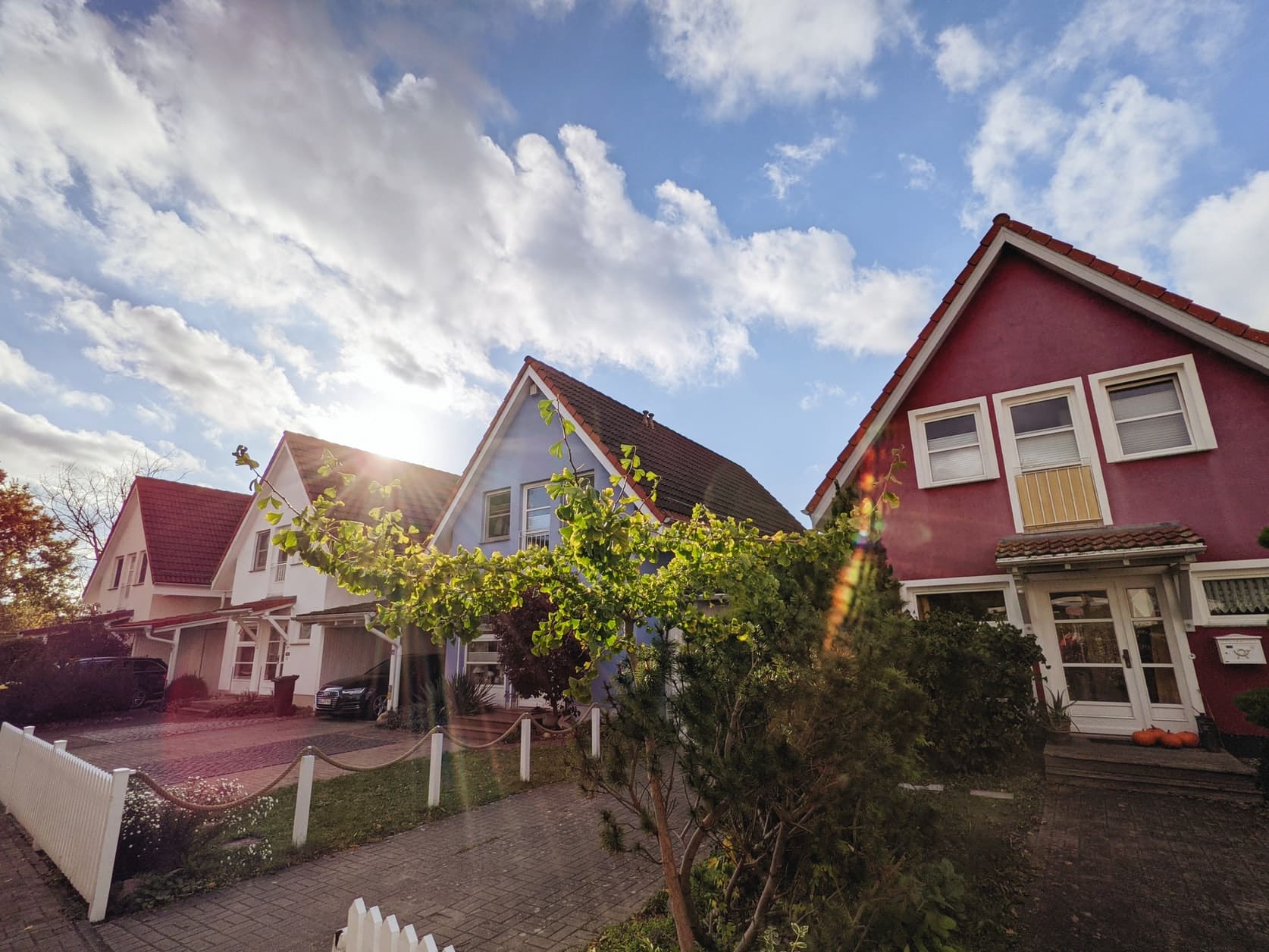Get Expert Financing
- Matched with investor-friendly lenders
- Fast pre-approvals-no W2s required
- Financing options fro rentals, BRRRR, STRs
- Scale your portfolio with confidence
This comprehensive guide provides educational information about accessory dwelling unit financing for real estate investors. MyPerfectMortgage.com is not a lender and does not make credit decisions. We connect qualified borrowers with our network of specialized lenders who can evaluate your specific situation. All loan terms, rates, and requirements are determined by individual lenders and subject to their approval processes.
The housing shortage crisis has created unprecedented opportunities for smart real estate investors. With over 3.8 million housing units needed to meet current demand, accessory dwelling units represent one of the most promising investment strategies available today. This guide reveals how to navigate the evolving landscape of ADU financing in 2026, where new loan products and legislative changes have transformed what was once a niche market into a mainstream investment opportunity.
Accessory dwelling units have emerged as a powerful solution to America’s housing affordability crisis. These secondary housing structures on existing residential properties generate substantial rental income while addressing critical housing needs in high-demand markets.
The numbers tell a compelling story. ADU rental income in major metropolitan areas ranges from $1,900 to $2,300 monthly for a standard two-person unit. In expensive markets like San Francisco and Los Angeles, monthly rents can exceed $3,000. These figures represent annual returns of 8-12% on properly structured investments.
Recent legislative changes have accelerated ADU adoption nationwide. California leads with streamlined permitting processes, while states like Oregon, Washington, and Florida have introduced similar regulatory reforms. These policy shifts have coincided with expanded financing options, creating optimal conditions for ADU investments.
The demographic trends supporting ADU demand remain strong. Millennials aging into family formation, downsizing baby boomers seeking aging-in-place solutions, and remote workers requiring flexible living arrangements all contribute to sustained rental demand.
The financing landscape for accessory dwelling units has evolved dramatically from traditional home improvement loans. Today’s investors have access to specialized products designed specifically for ADU development and investment strategies.
Home equity loans and HELOCs remain foundational financing tools for ADU projects. These products leverage existing property equity to fund construction costs, typically offering competitive rates for borrowers with strong credit profiles.
The primary advantage lies in straightforward qualification processes and established lending relationships. Homeowners with substantial equity can access funds quickly, often within 30-45 days. However, borrowing capacity remains limited to current property values, potentially constraining larger projects.
Innovation in ADU financing has introduced products that consider post-construction property values. These specialized loans calculate borrowing capacity based on the anticipated value of the property after ADU completion, significantly expanding access to capital.
The RenoFi loan represents one such product, allowing borrowers to access significantly more funds than traditional equity-based options. This approach proves particularly valuable for properties with limited existing equity but strong post-ADU value potential.
Fannie Mae and Freddie Mac have introduced ADU-specific guidelines that recognize the investment potential of accessory dwelling units. Their CHOICERenovation mortgages can finance ADU construction while allowing projected rental income to qualify for loan approval.
These programs represent a significant shift in conventional lending attitudes toward ADU investments. The ability to use anticipated rental income in qualification calculations opens opportunities for a broader range of investors.
Federal, state, and local governments increasingly recognize ADUs as housing policy tools. These recognition efforts have produced various incentive programs offering favorable financing terms for qualified projects.
California’s ADU grant program through CalHFA reimburses pre-development costs including planning, permitting, and design expenses. While funding cycles vary, successful applicants can recover significant upfront investments.
San Diego Housing Commission offers particularly attractive terms with loans up to $250,000 at 4% fixed interest rates. These programs require owner occupancy and income qualifications but provide substantial savings over conventional financing.
Oregon, Washington, and Colorado have introduced similar incentive structures. Local municipalities often layer additional benefits including expedited permitting, fee reductions, and tax incentives specifically targeting ADU development.
| Program Type | Typical Benefits | Qualification Requirements | Geographic Availability |
|---|---|---|---|
| State Grants | Pre-development cost reimbursement | Income limits, owner occupancy | California, Oregon, Washington |
| Local Loans | Below-market interest rates (3-4%) | Residency requirements, affordability commitments | Major metropolitan areas |
| Tax Incentives | Property tax deferrals, fee waivers | Development timeline compliance | Varies by jurisdiction |
The ability to use projected ADU rental income in loan qualification represents a fundamental shift in lending approaches. Understanding how lenders evaluate and incorporate this income stream proves crucial for successful applications.
Lenders typically require comprehensive market analysis demonstrating realistic rental projections. Professional appraisals, comparable rental surveys, and local market studies provide necessary validation for income assumptions.
Detailed construction plans and specifications help lenders assess the quality and marketability of the proposed ADU. Higher-quality finishes and features command premium rents, supporting stronger income projections.
Most lenders apply a 75% factor to projected gross rental income, accounting for vacancy and maintenance expenses. This conservative approach protects both lender and borrower interests while providing realistic qualification parameters.
Borrowers with existing rental property experience often receive more favorable treatment in income calculations. Property management expertise and demonstrated track records reduce perceived risk in lender evaluations.
ADU financing presents unique challenges requiring specialized knowledge and strategic approaches. Understanding these obstacles and their solutions prevents delays and improves approval likelihood.
Many ADU projects require significant upfront investments before traditional financing becomes available. Planning costs, permit fees, and design expenses can reach $25,000-$50,000 before construction begins.
Creative financing structures address these gaps through phased funding approaches. Some lenders offer pre-development lines of credit that convert to permanent financing upon construction commencement.
ADU valuations present challenges for traditional appraisal methods. Limited comparable sales and unique property configurations complicate standard valuation approaches.
Working with appraisers experienced in ADU valuations proves essential. These professionals understand income-based valuation methods and can properly assess ADU investment potential.
Changing ADU regulations create uncertainty for both borrowers and lenders. Permit requirements, design standards, and occupancy rules vary significantly by jurisdiction.
Engaging local planning departments early in the process clarifies requirements and timelines. Professional consultants specializing in ADU development navigate regulatory complexities effectively.
Sophisticated investors are developing comprehensive ADU strategies that scale beyond individual projects. These approaches leverage financing structures to build substantial rental income streams across multiple properties.
Experienced investors utilize cross-collateralization strategies to finance multiple ADU projects simultaneously. This approach reduces per-unit financing costs while accelerating portfolio development timelines.
Commercial lending relationships provide access to larger credit facilities designed for investment property development. These products often offer more flexible terms and faster approval processes for qualified borrowers.
Construction cost fluctuations significantly impact ADU project economics. Strategic investors monitor material costs, labor availability, and permitting timelines to optimize project timing.
Interest rate cycles also influence financing decisions. Locking favorable rates during construction periods protects against market volatility throughout project completion.
The accessory dwelling unit market presents compelling opportunities for informed investors willing to navigate evolving financing landscapes. Success requires understanding available programs, preparing comprehensive applications, and executing strategic investment approaches.
Start by evaluating your existing property portfolio for ADU development potential. Properties in high-demand rental markets with available space and supportive zoning offer the strongest opportunities. Conduct preliminary feasibility studies to assess construction costs, rental potential, and financing requirements.
Connect with experienced ADU lenders who understand the unique aspects of these investments. MyPerfectMortgage.com specializes in matching qualified borrowers with lenders offering competitive ADU financing solutions tailored to your specific investment goals.
Get Connected with ADU Financing Specialists Today
Most ADU financing programs require minimum credit scores of 620-640, though specialized programs may have different requirements. Government incentive programs often have more flexible credit criteria.
Yes, many lenders now allow projected ADU rental income in qualification calculations, typically using 75% of anticipated gross rental income after accounting for vacancy and expenses.
Approval timelines vary by lender and loan type, ranging from 30-45 days for equity-based loans to 60
Our advice is based on experience in the mortgage industry and we are dedicated to helping you achieve your goal of owning a home. We may receive compensation from partner banks when you view mortgage rates listed on our website.


